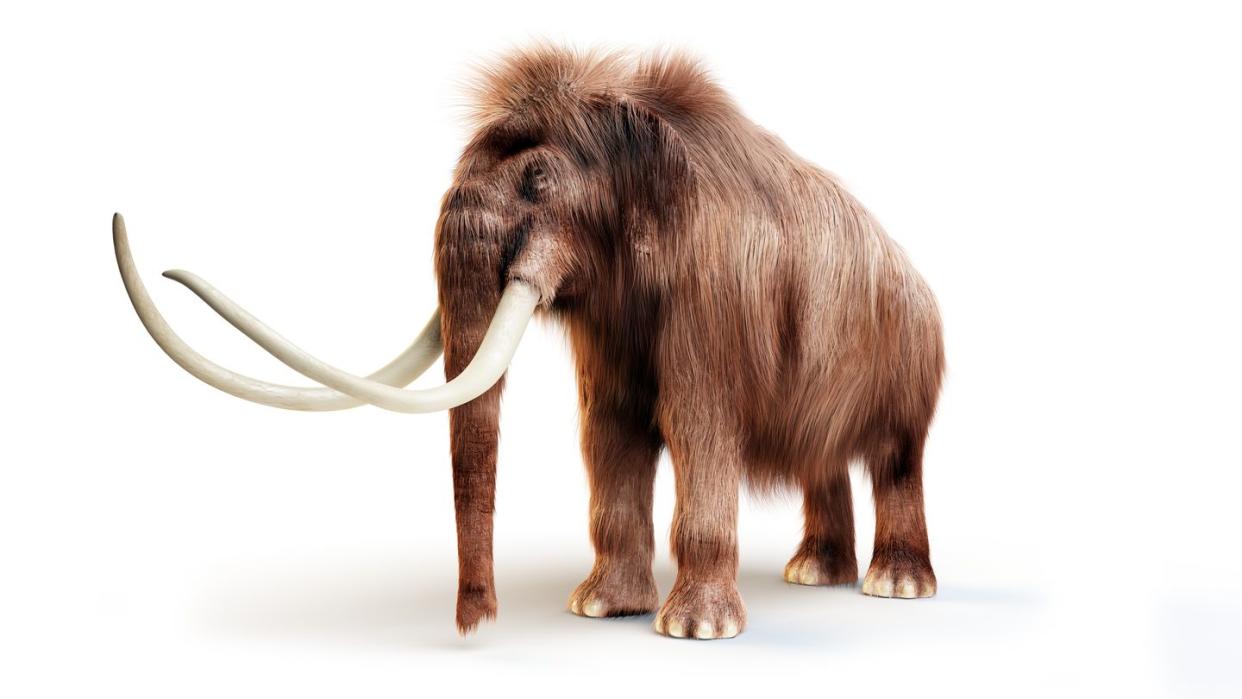Scientists Said They’d Resurrect the Woolly Mammoth by 2027. They’re Really Close.

De-extinction company Colossal Biosciences announced that they have moved closer to their goal of bringing back the woolly mammoth by deciphering how to unlock cell creation in the Asian elephant.
The gene-editing technique can be done in a lab, independent of the wild Asian elephant population, to better help scientists find the right tweaks needed for the search.
Questions remain about the technical and ethical practices of tuning the genes of an Asian elephant to resemble a lost woolly mammoth.
The effort to regrow a woolly mammoth from the edited genes of an Asian elephant took a petri dish-sized move toward reality. De-extinction company Colossal Biosciences announced they can now propagate Asian elephant cells indefinitely from a single source in a lab, using the first-ever induced pluripotent stem cell (iPSC).
The iPSC cells represent a single cell source that offers access to every other type of cell in a body, potentially allowing the creation of sperm and egg cells from the iPSCs. “Elephants are a very special species, and we have only just begun to scratch the surface of their fundamental biology,” Eriona Hysolli, head of biological sciences as Colossal, said in a statement.
Colossal has the stated goal of returning the woolly mammoth (or, perhaps more accurately, a very mammoth-like creature) from extinction by 2027. The Dallas-based firm has landed hundreds of millions of dollars in funding for the project, which it started in 2021, hoping to not only bring the creature back, but also reintroduce it to the ecosystem it once lived in.
Because mammoth DNA is a 99.6 percent match to the DNA of the Asian elephant, Colossal believes that gene editing can eventually create an embryo of a woolly mammoth. The eventual goal is to repopulate parts of the Arctic with the new woolly mammoth—dubbed a “functional mammoth,” this creature may effectively be an Asian elephant with a new type of hair and layer of blubber—to strengthen local plant life with the migration patterns and dietary habits of the beast that went extinct about 10,000 years ago.
By tweaking the genes of the Asian elephant, the team believes they can functionally tune the animal to closely resemble the extinct species. Having access to the iPSC may speed the process along, will ensure the team doesn’t have to interfere with the reproductive cycles of living elephants, and gives Colossal a roadmap for further genetic manipulation.
“Elephants might get the ‘hardest to reprogram’ prize, but learning how to do it anyway will help many other studies, especially on endangered species,” George Church, Colossal co-founder and Harvard geneticist, said in a statement. “This milestone gives us insights into developmental biology and the balance between senescence and cancer.”
In 2006, the mouse iPSC was unlocked in Japan, which led to more work to determine iPSCs in humans, horses, pigs, cattle, rabbits, monkey, apes, big cats, rhinoceroses, and avian species. But nobody could figure out the elephant.
The Colossal team took a different approach than the one applied to other species, and investigated core genes. This allowed them to eventually land on the successful iPSC cell creation by exposing it to new chemicals and proteins. The team can now mature the iPSC cells. Next up is creating sperm and egg cells and growing edited cells through a 22-month gestation into baby mammoths. Of course, they’ll also need to ensure those babies can eventually turn into healthy, functioning adults.
Not everyone believes spending hundreds of millions of dollars (to date) in an attempt to the recreation of a version of an elephant that can then roam the Arctic is the most ethical decision, however.
Douglas McCauley, ecologist and conservation biologist, previously told Popular Mechanics that a hybrid elephant with mammoth DNA may have the physical characteristics of a woolly mammoth if Colossal is successful, but how the animal will behave remains a genetic gamble. It may not live day-to-day as a woolly mammoth once did, which could impact the ecosystem the company is trying to save in an unintended manner.
Colossal, though, believes in their mission. “Each step,” said Ben Lamm, Colossal co-founder and CEO, “brings us closer to our long-term goals of bringing back this iconic species.”
You Might Also Like

